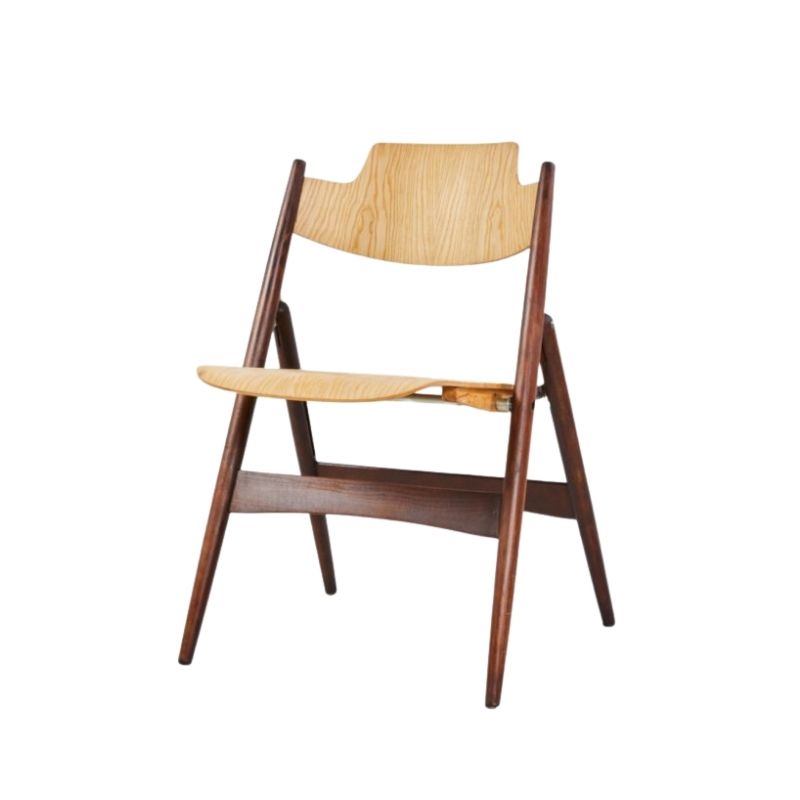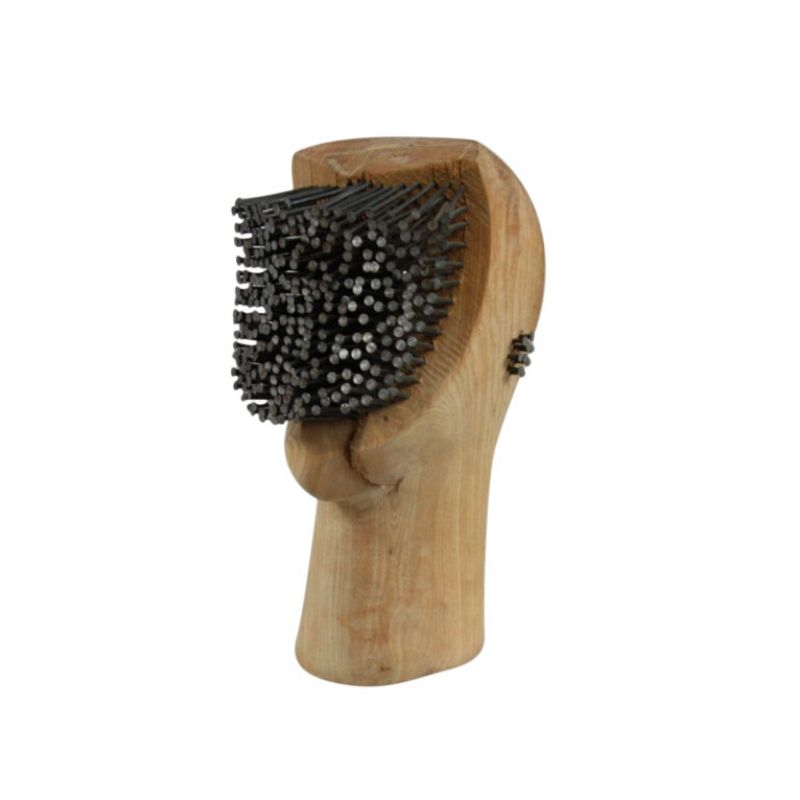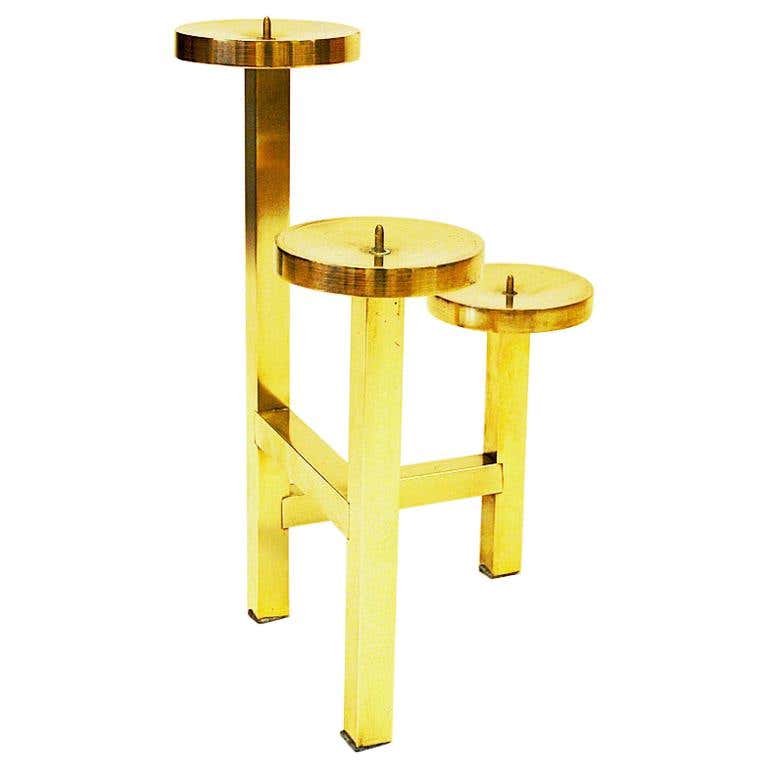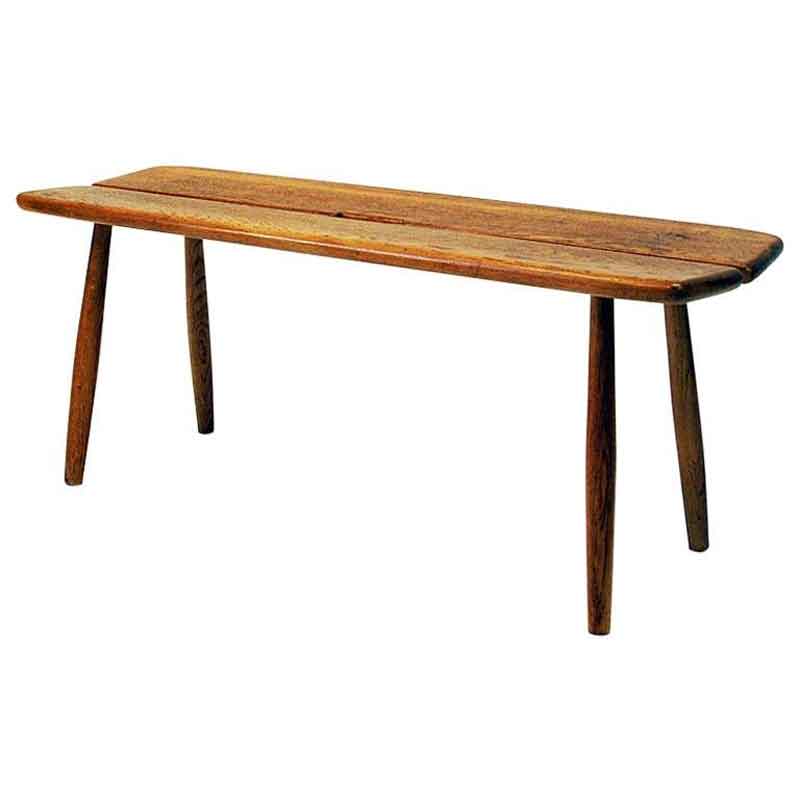On prams...
To get a decent answer from the pros here, you need to give more specificity about the problem you see with prams on a bus, train or subway.
Do you find contemporary prams too big and ungainly, when they are in use, or when they are folded up for transport, or both? In what dimensions are they too big or awkward?
Prams have interested me, since I spent some time being a stay at home dad.
My experience with prams in the late 90s was this: the new ones had a lot of bells and whistles that seemed nifty when buying, but then seemed irrelevant when actually in the day to day struggle of parenting an infant or toddler. Drink holders were one such example. Parents of infants and toddlers don't need drink holders, they need hip flasks. 🙂
Next, the new prams also didn't do the basics of pramming quite as well as older ones IMHO. Their primary deficiency relative to older prams was ride and handling, to sound a bit like a car mag. 🙂
Part 2
My gold standard for prams eventually was an ancient Emmylunga I picked up used at a thrift store when I grew disillusioned with our contempo one. At the time, I didn't know the high esteem Emmy's were held in. Nor did I know their high price new. I was just desparate for something that worked better.
The Emmy was all shiny chrome tubes curving and looping this way and that. It felt almost Victorian in comparison to what I had been pushing, but it is actually more of a modernist design in some respects.
The Emmy had a long wheel base relative to the newbies. It had large diameter, spoked wheels with good tires. It had decent ground clearance. It had suspension--a quality absent in most new prams. It had a wide track. It folded easily. And because it was made of metal, it felt almost indestructible...like something I could save for my kid to use with his kid...something I have in fact done, though I don't know if he will.
The Emmy gave my kid a soft ride. It had a handle angle and length that allowed easy tipping to go over curbs. Did I say it had good ground clearance? Its worth repeating. It had real world storage under the baby's seat. And most importantly of all, it was as good off road as on. No, I'm not talking about the boulder course at a trials motorcycle event, or the ascent trail on K2. I'm talking about the real world places parents should stroll their kids. Across the grass in parks. On the gravel of quiet nature paths or little used road shoulders.
Part 3
The only negative was that it was kind of heavy to lift in and out of the trunk, even for a man. But heaviness is actually not such a bad thing in prams. It keeps parents from taking their kids too many places too often that they really ought not take them too.
The biggest mistake I made early on was taking my kid everywhere. There's nothing wrong with going less when you have a child. Going less means less stress from new environments. It means less exposure to diseases in shopping centers and mass transit. Going less means you stay more focusd on your child's tiny world and needs and less time focused on your big world and big needs (oh how big our needs grow when suddenly we are dared to relinquish them in the name of sacrifice to a little person).
Going less means you are growing up. Its absurd to try to keep living the lifestyle of a childless couple when you have a child. Enjoy (hell, savor) the parenting. Don't try to run from it.
I was overwhelmed this past weekend at the San Diego zoo at how many persons were pushing prams with infants in them. What the hell is the point of pushing an infant through a crowded, destination zoo? Its a waste of ticket money. Worse, it is an environment where parents can avoid intimacy with their infant for long periods of time by strapping the poor little devil into a light, highly portable, plastic pram with a bad ride and a too high CG and push them through noisy, stressed out crowds, while exotic, often stinky beasts leer at their infant as a potential meal; that's what it is. Boy, did I feel stupid recalling that I did the same thing a few times.
Pt. 4
In the late 90s, people in California often bought three prams: ) the plastic folding job with all the bells and whistles for home and car; 2) a cheapo ultralight, but fragile Rube Goldberg folding contraption for planes and trains; and a tall-wheeled, border line BMX three wheeler with semi knobbies for pushing their kids down a beach (or most insane of all, jogging down streets with junior).
The kid is only in a pram for 3 and a half years. Deal with it. Enjoy it.
I hold my old Emmylunga stroller in the same high esteem I hold my old steel Legnano Roma Olypiade road bicycle, my over and under shotgun, my new Stihl lawn equipment, and my six wheeled/split back Grahl computer chair. These are wonderful, reliable things that work great and are a joy to use (though I've retired my over and under out of deference to the beauty of living things).
I loved the Emmy so much that I kept it, just like I kept my shot gun, because both were just so damned good at what they did and I have such great memories of using both. Sport killing and child nurturing are pretty much at opposite ends of the life force spectrum, are they not? I am not proud of the former, but I would be lying not to admit to it eventually, so I'll fess up now. But I digress.
Prams seem to me to have gone the way of cars and bikes. They are now more cost effective and more reliable if used in narrowly prescribed terms and less repairable when not.
An old Mercedes Benz 280s sedan from the 60s and my old Legnano road bike from the same period and my Emmylunga stroller probably dating to the same period, have a magnificient feel in operation. They are metal machines that take good care of you. They are supple and long legged, rather than taut and techie.
The people who designed them knew how to make metal machines that felt good to operate in a wide range of conditions. Current cars, bikes and prams have less of this feel. They have more eye candy and more souless materials designed to appeal to consumers addled with years of high tech marketing hype.
All that is old is not better. All that is new is not souless or less preferrable. But in the cases of cars, bicycles and prams, something very human and delightful has been lost in the pursuit of more narrowly targeted function, greater retail eye appeal and need to use up oil at a furious pace in plastics to keep us all addicts to the oil cartel and money monopoly that relies on the black goo for currency backing.
In closing, if you think contempo prams are to big and ungainly, you would probably hate my Emmylunga. But I'll tell you this: it was so great around my house and in the outdoors around my house, and it was heavy enough, that I probably went on the planes, trains and subways half as much as I would have with my contempo pram; that means that half the time is solved one hundred percent of your problem. It wasn't there at all. 🙂
For a while...
I did not know what a "pram" was. I have to say that by the time I learned the few english words that I know, prams were not part of my life anymore. Now even my grandsons have outgrown these things for soem time.
I understand from collegues that are still in the interested age group that the Dutch company bugaboo makes a remarquable product. The ones I have seen are easy to use, light etc. but maybe not as compact as you wish. I think the problem is the other way around...is public transportation well planned enough for prams? When I was in the pushing stage of my life we lived in Gotenburg (Sweden) and both tramway and trains had generous spaces for prams. When coming on the tramway, the driver would actually come out and help mothers or fathers to lift the pram onto the vehicule....later when we lived in eastern Holland, conditions had changed and living in the countryside eliminated all these concerns. By that time the pram's behaviour on small paths and sand dunes became the more important consideration....anyway, have a look.
http://www.bugaboo.nl/
A quick glance at this buggaboo...
suggests it is light and probably folds up into a thimble, which would be good. It also faces the kid toward you, which is nice, though I'd like to see some empirical research about whether it is better for a child to be strolled facing forwards or backwards. I know I hate riding backwards in a train, plane, airport van, or boat and so I wonder if infants and toddlers would hate it too?
What else do I think makes sense? I like the handle--its quite like my old Emmy in placement, shape and texture. I like the colors. They add visibility (seat trim at top) at points where its useful AND at points of high contact (wheels, handle, grab rail and seat) seem to minimize soiling. But...
The buggaboo seems to suffer from short wheelbase syndrome, a high center of gravity, no apparent storage capacity (never go ANYWHERE without disposable diapers and formula and your favorite magazine), it lacks suspension (at least that I can see at either the seat or the weels) and the front wheels are too small for off-roading IMHO.
A quick glance at this buggaboo...
A quick glance at this buggaboo suggests it is light and probably folds up into a thimble, which would be good. It also faces the kid toward you, which is nice, though I'd like to see some empirical research about whether it is better for a child to be strolled facing forwards or backwards. I know I hate riding backwards in a train, plane, airport van, or boat and so I wonder if infants and toddlers would hate it too?
What else do I think makes sense? I like the handle--its quite like my old Emmy in placement, shape and texture. I like the colors. They add visibility (seat trim at top) at points where its useful AND at points of high contact (wheels, handle, grab rail and seat) seem to minimize soiling. But...
The buggaboo seems to suffer from short wheelbase syndrome, a high center of gravity, no apparent storage capacity (never go ANYWHERE without disposable diapers and formula and your favorite magazine), it lacks suspension (at least that I can see at either the seat or the weels) and the front wheels are too small for off-roading IMHO.
Pt.2
The issue of tiny, pivoting front wheels combined with no-pivot, larger diameter back wheels has been commented on by Consumer Reports (if I recall correctly) in regards to lawn mowers. For some reason, product designers see some benefit to a combo of smaller diameter front wheels and larger diameter back wheels, especially if the fronts are made to pivot. But out in the front yard, users and product reviewers keep not experiencing the supposed advantage and find the combo wheel sets HARDER to turn when small front wheels are fixed and harder to keep tracking along mowing line or curve when moving. In push lawn mowers it simply works better to have four non-pivoting, same-sized wheels and design the mower to be easy to tip on its rear wheels to make turns. Fixed wheels also make self-propelled mowers easier to make, but I digress.
Now a stroller is not a mower. More time is spent on floors and pavement than in the rough. But strollers spend far more time going straight than going in tight circles, too. And I found it, frankly, just as easy to tip and turn, a stroller, as to swivel turn one. Also, the tip and turn gets the child out of the horizontal plane a little and so yields a bit more inner ear stimulation, which is supposedly a good thing for infants.
Off road, small front wheels just do tend to get caught up in stuff, and the pivoting is barely effective in rough stuff.
Next there is the little talked about issue of what happens when a pram accidentally gets loose from you. Yes, it happens once in a great while to even the best parents. You park it on a slight incline and it starts rolling away, or you trip and lose a grip on a steep decline you shouldn't even be on. Its a hard call which is the lesser of evils in designing for a run away, but I side with the long wheel base, low CG, fixed wheels with large diameters and a good suspension, because I figure the pram has a better chance of surviving upright and rolling finally to a stop, if it doesn't hit something first. And if it does hit something, design in seat belts and safety structure to prevent as much injury from impact as possible. Put another way I lean to designing it to be able to tolerate going fast without flipping and absorbing the impact if one occurs.
Pt.3
But the other argument is that if the pram starts to roll free with small, pivotting front wheels, no suspension and a high CG, it is almost certain to not gain much speed before it flips over or goes very far. I find merit in this argument too. Perhaps the makers of Buggaboo have thought this through and this is their solution.
I suppose some empirical crash testing research is needed to resolve this issue (if it hasn't already been done, which it hopefully has). It is not good to design entirely around worst case scenarios, as they rarely occur, but in the case of strollers there is the life of infants at stake and, humans being error prone, the run away crash ought to be taken into consideration.
Regardless of my criticisms of this Buggaboo stroller, I want to thank the makers for making this stroller and obviously giving its design serious thought. As a former pusher of a baby, I think there is a lot of room for rational advancement of these vehicles and I think this manufacturer is trying. I'm just trying, too--to give honest, thoughtful feedback which they, or some designer, maybe able to use or disprove.
I know this is a lot of talk about prams (aka strllers, baby buggies, etc.), but just as I think about improving the design of lawn mowers as I walk for hours behind them, I thought about improving the design of prams quite a bit for a few years there.
The end.
Stokke
Check out the Strokke Explore pram. Not only is it the most incredible looking design on the market (it sure gets more comments than our five week old son), but it is a simply beautiful pram to use. It also picked up a swag of design awards. check it out on the Stokke website: www.stokke.com
Stephen
If you need any help, please contact us at – info@designaddict.com









